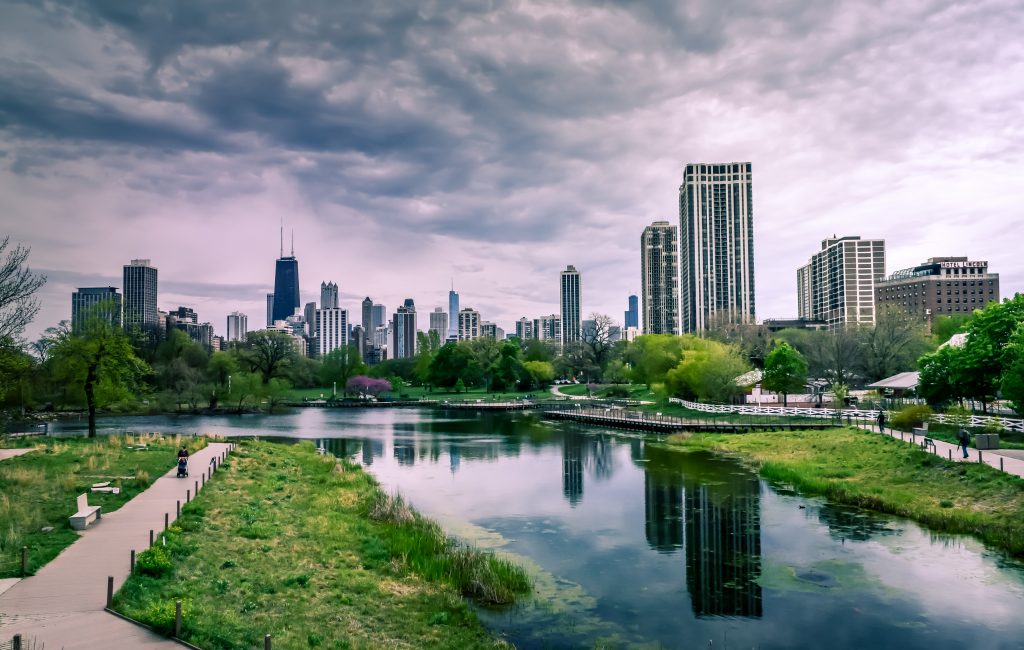Jefferson Nieto Camacho. Master in Civil Engineering Systems
Economic growth plays a significant role in society. However, in order to accomplish this goal, the standard of living and the quality of the environment in the majority of cases have been drifted. Some of the factors generate a direct impact on the environment: the exponential growth of population over the last 50 years, the consolidation of urban areas, and the dependence of fossil fuel as a source of energy and raw materials. This situation creates important challenges for us as a society, which make us re-think the way we interact with the environment. and the importance of decreasing the impact that both our daily activities and the land development generate. Also, it is crucial to fulfill the economic, social and environmental development at the same time. Considering this scenario an important question emerged, is it possible to reach the urbanistic development, decreasing our impact in the environment and improving the standard of living in contemporary society?
A possible answer to this question might be the ecological urban planning, also known as model of sustainable city, which suits to this disjunctive situation. Given the importance of this model, it is necessary to know the crucial ecological urban planning features.
According to Salvador Rueda (2010?) Add the year in these brackets), the city can be defined as an ecosystem due to an interaction between physical, chemical and biological elements takes place within it. In accordance with the urbanistic planning, this ecosystem is limited by two restrictions: the system efficiency, and urban habitability. System efficiency highlight a synergy between resource availability and urban organization. The other restriction seeks the optimization of the citizen´s standards of living in the urban life and their relationship with the outside world. It includes key factors such as equipment, access to basic services, building, social cohesion and biodiversity.

The latter illustrates a correlation between city and the environment. These common core principals are: compactness, complexity, efficiency, and stability. The compactness signifies to the physical reality, uses and urban functions. For their part, the complexity is related to the relationship between the city and its organizations, economic activities, associations and equipment. The efficiency as the target of the urban sustainable model strives for the optimization of material flow, use of water and energy, and the reduction of environment impact. Finally, the social cohesion as a goal, seeks an equilibrium between social relationships and the urban system, by supporting the social mixture as a stabilizing effect.
From those pillars it is possible to quantify if an urban planning can be considered as an ecologic plan or not. There are some indicators to assess the urbanistic plan in terms of sustainability such as: land cover, public space, mobility, land uses, urban functions, biodiversity, metabolism, social cohesion and habitability.

In order to illustrate this concept, it is necessary to analyze the urban planning under the sustainable city model that took place in Lisbon, Portugal. Thanks to the adoption of this model, the city was awarded as a European Green Capital in 2020, by the EU Commission on the Environment Maritime Affairs and Fisheries.
Lisbon obtained satisfactory results in indicators such as air quality, generation of waste and use of water. This was because of the city reduced carbon emissions by 50% from 2002 until 2014 and the water consumption decreased in 23% in the same period. Also, the energy consumption decreased in 17% between 2007 and 2013.
Regarding urban mobility the city has been doing splendidly, since 2007 Lisbon have supported programs which promote the use of electrical bicycles. Furthermore, 39% of the fleet of buses are electric and there are thousands of charging point vehicles which are the biggest in the world. Another policy that the city has successfully adopted is the discouragement of vehicle use, since 93% of Lisbon´s citizens live less than 300 meters from a public transport station.
Concerning sustainable use of soil, biodiversity and nature the urban planning in Lisbon included the construction of green buildings and spaces connected to ecologic areas. Additionally, the public and private organizations have implemented different strategies which included the use of renewable energies and set up sustainable plans contributing to face climate change and global warming.
These stupendous sustainable urbanism strategies of make Lisbon a referent city in the scope of eco-city worldwide. This successfully showcases what possibilities can be achieved. It is possible to achieve economic, social and urbanistic development at the same time, despite the worldwide trend of encouraging economic policies over the urban sustainable development and the interaction between inhabitants. This tendency might affect the resources available in future generations. These are essential for their existence; hence sustainable urban planning is a promising solution, capable of reversing this situation.
BIBLIOGRHAPHY
Salvador Rueda, (2011), Urbanismo Ecológico. Available on:
Bioazul. Lisboa es galardonada como capital verde europea 2020. Bioazul: agua energía y medio ambiente. Available on
Morato, 2020, Lisboa de ciudad verde a ciudad innovadora, Clark +Modet. Available on:
